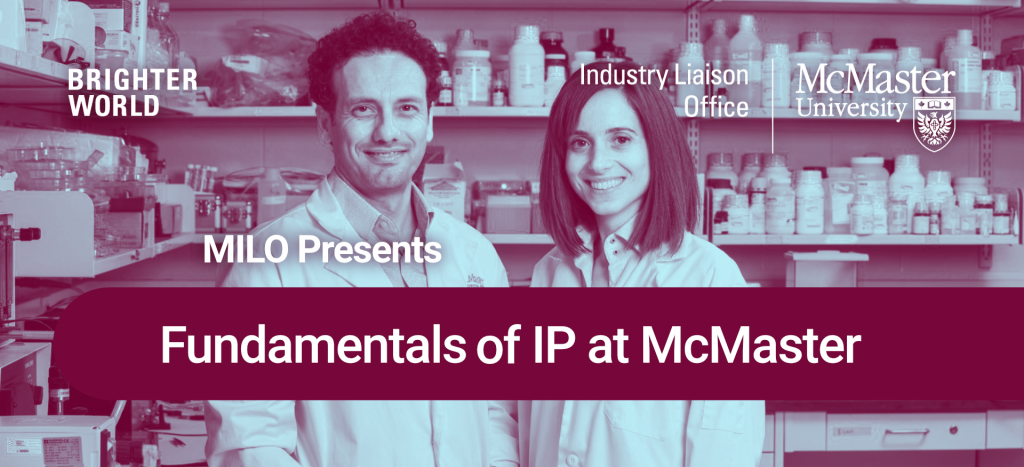
What is a patent?
Patents are a form of IP protection. They protect new inventions (process, the machine, manufacture, composition of matter) or any new and useful improvement of an existing invention.
A patent gives an exclusive right to prevent others from making, using, or selling the invention for a certain period (typically 20-21 years, although this depends on the jurisdiction where the patent is filed).
If you have invented something that you wish to share and/or market publicly, but for which you need legal protections and control, patents are designed to protect your innovation.
What is eligible to be patented?
There are three basic criteria an invention must satisfy to be eligible to be patented: Novelty, utility, and non-obviousness.
- Novelty: the invention must be the first of its kind in the world, determined by a thorough investigation of patent databases, academic publications, and other publicly available information, known as a prior art search.
If an invention has been disclosed publicly before it is patented (published, presented, shared), it is no longer eligible for patenting. However, in the US and Canada, a patent can be filed for up to 1 year after an initial public disclosure. This is typically referred to as a grace period for filing.
- Utility: the invention must be able to work or have a useful function
- Non-obvious: the invention must be a new development or an improvement of an existing technology that would not have been obvious to someone in your specialty area.

Additionally, different countries may have different rules about what can and cannot be patented. For example, in life science and biotechnology, some technologies that are patentable in Canada are not patentable in the United States, and vice versa.
| Subject Matter | Canada | USA |
| Natural Products – Genes, Proteins, Extracts | Yes | No |
| Multicellular Organisms (genetically modified mice) | No | Yes |
| Non-naturally Occurring Therapeutics (Small Molecules) | Yes | Yes |
| Methods of Medical Treatment | No | Yes |
Challenges with Patent Eligibility
It is challenging to patent such things as higher life forms, drug targets and natural products, depending on the jurisdiction. For example, in Canada, one can patent natural products, but one cannot patent higher life forms such as genetically modified mice. In the US, however, the reverse is true.
It is also exceedingly difficult to patent if your invention is based on unmodified genes, laws of nature, unmodified natural products, and drug targets—among other types of discoveries—as the patent will likely be challenged based on one or more of the three primary criteria (novelty, utility, and non-obviousness) and furthermore some discoveries have legal restrictions from being patented in many jurisdictions.
Software can also be difficult to patent. Patent eligibility requires the technology to be entirely novel and unlikely to be developed independently by others, which is challenging to achieve within software development.
For these reasons, if you wish to pursue a patent you should strongly consider the nature of your invention; it may be challenging to effectively patent. In this case, you may want to consider employing a different IP strategy to protect your innovation. We will discuss this, as well as more patent strategies, in a later module.
It is possible to obtain a patent for an improvement on an existing invention, even one for which a patent has been issued. However, if the original patent is still in effect, manufacturing or selling a product with your improvement may be an infringement of the original patent. This situation is often resolved by agreement between the patent owners to grant licenses to each other.
Summary
- Patents are a form of IP protection, which protects inventions (or improvements to inventions).
- Patents grant exclusive rights to produce, use, and sell your invention.
- To be eligible for a patent, an invention must be novel, useful, and non-obvious.
- Some inventions are exceedingly difficult or impossible to patent. You should be aware of the risks and challenges before trying to patent your invention.
Register for Fundamentals of IP at McMaster Complete Course

Learn from enhanced and interactive lessons, get access to more content, and receive a certificate of completion.
These modules are created and facilitated by the McMaster Industry Liaison Office (MILO)
Disclaimer: The content of these modules provides general information regarding basic principles of intellectual property law and of commercialization. The content should not be taken as legal or professional advice. For specific advice, seek independent legal counsel.
McMaster University recognizes and acknowledges that it is located on the traditional territories of the Mississauga and Haudenosaunee nations, and within the lands protected by the “Dish with One Spoon” wampum agreement.
© McMaster Industry Liaison Office (MILO), all rights reserved, 2023. For more information, please visit: milo.mcmaster.ca
